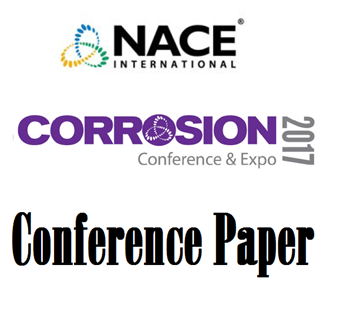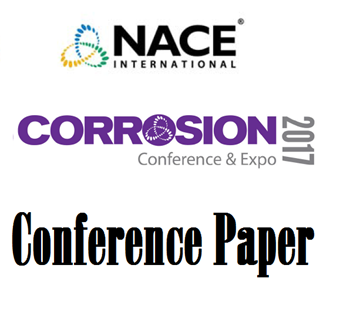Search
Products tagged with 'zinc'
View as
Sort by
Display
per page
Development and Implementation of a Novel Method to Remove Inorganic Zinc Coating from Low Alloy Steel
Product Number:
41215-913-SG
Publication Date:
2015
$20.00
Failures of Brass Components in Water and Steam Systems
Product Number:
51317--9123-SG
ISBN:
9123 2017 CP
Publication Date:
2017
$20.00
Forgotten Phenomenon: Corrosion of Galvanized Piping Underground
Product Number:
51324-20595-SG
Publication Date:
2024
$40.00
Green Alternatives to Using Zinc Potable Water Systems
Product Number:
41211-606-SG
Publication Date:
2011
$20.00
Liquid Metal Embrittlement in the Refining Industry – Case Histories and Common Prevention Practices
Product Number:
51323-18903-SG
Publication Date:
2023
$20.00
Painting Over Galvanizing Successfully by Using SSPC- Guide 19
Product Number:
41216-974-SG
Publication Date:
2016
$20.00
Performance of Two-Coat Zinc Rapid Deployment Systems on Steel Surfaces
Product Number:
41205-160-SG
Publication Date:
2005
$20.00
Performance or Preference? City of Anoka Water Tank Reconditioning Revisited
Product Number:
41213-804-SG
Publication Date:
2013
$20.00
Protecting Steel Reinforcement by Coating Concrete with Thermal Spray Zinc
Product Number:
51324-20750-SG
Publication Date:
2024
$40.00
Recent Developments in the Worldwide Use - Performance of Hot-Dip Galvanized (HDG) Rebar
Product Number:
51324-20825-SG
Publication Date:
2024
$40.00
Sacrificial Anodes for Reinforced Concrete Structures: A Review
Product Number:
51317--9078-SG
ISBN:
9078 2017 CP
Publication Date:
2017
$20.00
Severe microbiologically influenced corrosion (MIC) of pure zinc and galvanized steel in the presence of Desulfovibrio vulgaris
Product Number:
51320-14537-SG
Publication Date:
2020
$20.00












